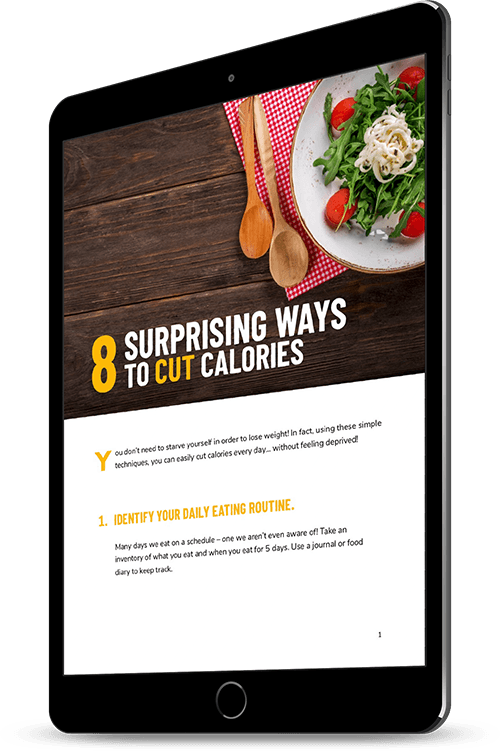Are You Happy With Your Fitness Goals?

When you were a kid, you rode your bike until you were tired. Today, you may be measuring each move you make with computerized gym machines and wearable tracking devices. While it’s logical to want to know how you’re doing, this kind of analysis can go too far.
It turns out there are advantage and disadvantages to quantifying your workouts. To live happily with your fitness goals, try these suggestions for enjoying your activities and focusing on what’s useful.
Fitness Goals: Enjoying the Process
Studies have found that monitoring any activity tends to make us increase our output while decreasing our level of satisfaction. You may be able to force yourself to eat turnips and run 10 miles a day, but you’re unlikely to make it a long-term habit unless you like what you’re doing.
1. Vary your activities. However much you love square dancing, you may still get tired of it after a while. Put together a variety of workouts that will keep you interested and motivated.
2. Be social. Encourage your family and friends to join you. Buy a couple’s gym membership for you and your spouse. Organize a summer softball league at your office.
3. Listen to your body. Track your progress without becoming a slave to the numbers. Be flexible so you can switch your workout around if you feel like swimming one day instead of weight lifting.
4. Rest up. Pay special attention to giving your body enough opportunity to rest and recover. Taking time off reduces your risk of injuries that could sidetrack you for much longer.
5. Think ahead. It can be difficult to tolerate mild discomfort when you first start an exercise program, especially if you’ve been sedentary for a while. Remember that being active will become more pleasurable as your physical condition improves.
Fitness Goals: Measuring What’s Useful
One-third of consumers who buy wearable devices stop using them within 6 months, according to a survey by Endeavor Partners. When the novelty wears off, you may decide that you don’t really want a computer on your wrist.
After all, it’s easy to get caught up in measuring your heart rate variability and body temperature, but what are you planning to do about them?
Stick with information you need and translate it into action:
1. Clarify your purpose. Maybe you want to lose weight or lower your blood pressure. Maybe you’re dreaming of your ideal beach body or a more powerful tennis serve. Being specific will help you stay on track.
2. Face reality. It’s hard to beat Olympic records, and safe weight loss is often a slow process. Breaking your goals down into attainable interim steps will give you more incentives to keep going.
3. Simplify your system. If you’re already juggling a heavy load at work and home, design your fitness program to be as streamlined as possible. Your goals could be as basic as walking 20 minutes a day or losing an inch off your waist this month.
4. Stick to your budget. You can evaluate your progress without having to buy the most expensive technology. Browse for free fitness apps that provide research-based recommendations and fun. Check eBay listings for people who are selling all those wearable devices they no longer use.
5. Forget arbitrary numbers. Walking 10,000 steps a day is a reasonable number to shoot for, but any figure can work as long as it inspires you. Identify your starting point and build from there.
Set fitness goals that work for you. Relish the time you spend working out and focus on the milestones that you want to celebrate.
CLICK HERE to Explore Our Free Online Courses



Responses